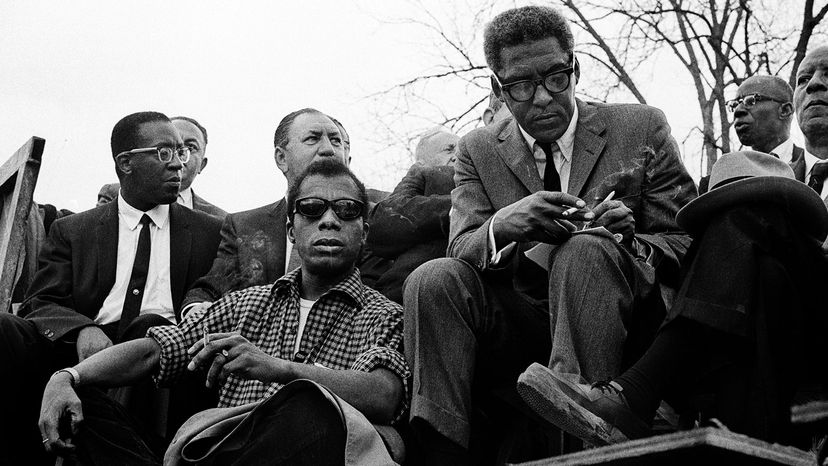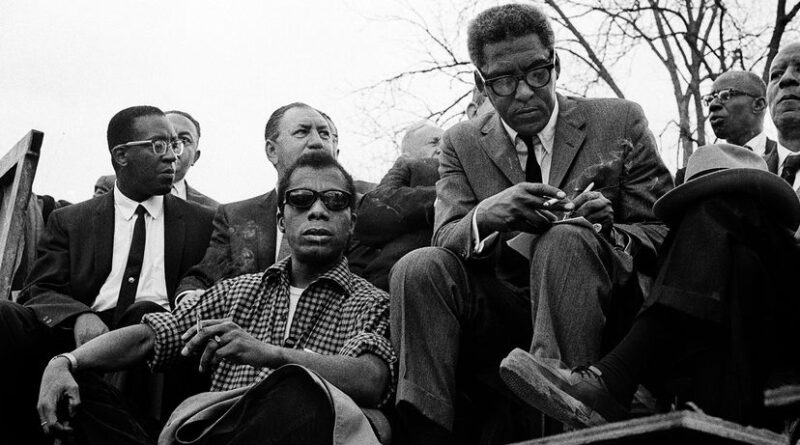Remembering Bayard Rustin, Civil Rights Leader and Gay Activist – History | HowStuffWorks
The constituent parts of Rustin’s radical vision were often at odds and difficult to achieve, forcing Rustin into wrenching choices, as I learned during my research.
During World War II, for instance, he chose pacifism over the cause of civil rights when he refused to bear arms against a racist Nazi regime.
Advertisement
During the Vietnam War, he chose socialism over pacifism when he muted his criticism of President Lyndon B. Johnson’s policies in the hope of enacting his Freedom Budget for All Americans.
And in 1968, as a white-led teachers union and Black activists struggled for control of New York City’s public education system during the bitter Ocean Hill-Brownsville crisis, Rustin chose labor rights over civil rights and class over race as he lent his support to the union.
These choices cost Rustin allies and friendships, as former colleagues who afforded themselves the luxury of one-issue purity denounced him as an apostate, a hypocrite, a turncoat or worse.
But Rustin was none of those.
 “
“ ”
”Stephen F. Somerstein/Getty Images
He dedicated his life to helping, as he put it, “people in trouble,” whomever and wherever they might be.
Accordingly, he put himself on the line for democracy advocates all over the world. They included African Americans, Latinos, working men and women, union members, the poor, war critics, anti-nuclear protesters, gays and lesbians, students, leftists, Soviet Jews, and Haitian, Hmong and Afghan refugees.
If those allegiances appear to be contradictions, in my view they were of the best kind.
Advertisement
